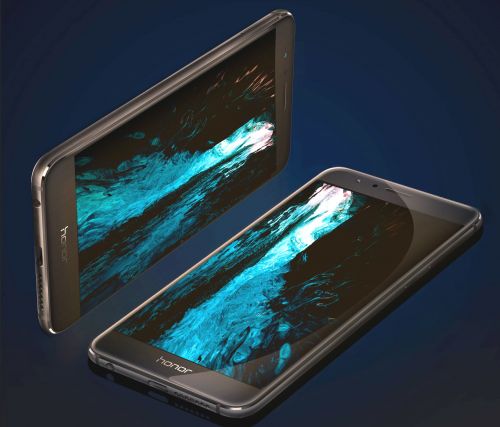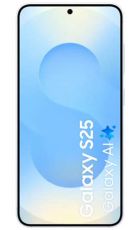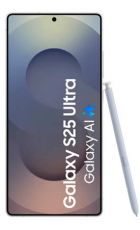The Honor 8 is the latest flagship from Huawei’s Honor sub-brand. It’s a brand that typically slots in below Huawei’s main phones, so in many ways the Honor 8 can be seen as a cheaper alternative to the already reasonably priced Huawei P9, but despite a fairly low price (for the specs) of £370 this is still a high-end handset.
But competition is steep. The Huawei P9 doesn’t cost much more and the OnePlus 3 costs less, so does the Honor 8 stand out for the money? Read on for our first impressions.
Screen
The Honor 8 has a 5.2-inch 1080 x 1920 screen with a pixel density of 423 pixels per inch. That’s relatively compact by flagship standards and not as sharp as QHD phones like the Samsung Galaxy S7 and LG G5, but it’s still plenty sharp.
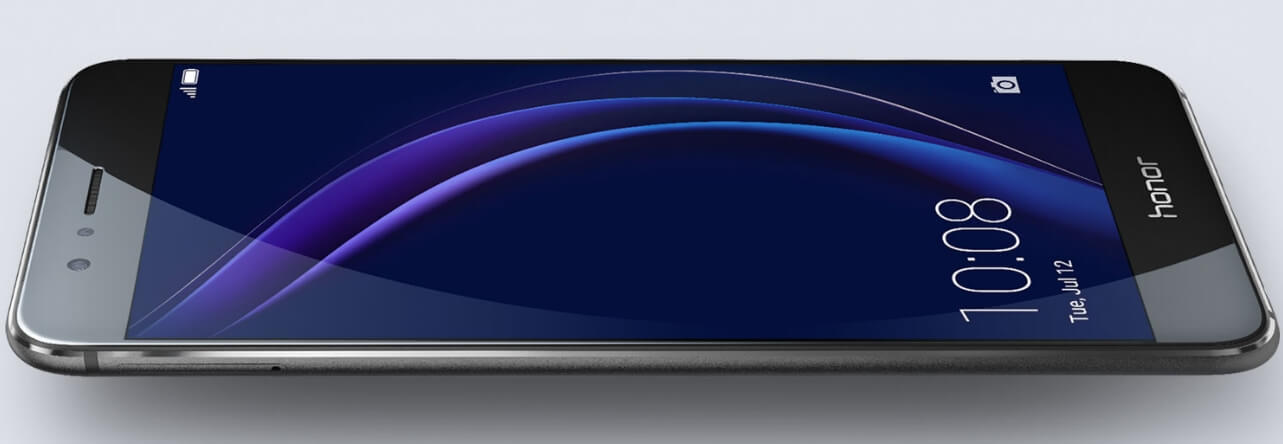
It’s also the same size and resolution as the Huawei P9 and the same size as the OnePlus 3, which are set to be two of its closest competitors.
It’s not the best screen you’ll ever lay your eyes on, but it’s good for the money and there are colour balance controls allowing you to tailor it to your tastes.
Design
The design is one of the most impressive aspects of the Honor 8, as this is a phone with real premium looks. It sports glass on both the front and back, with the rear of the phone apparently made up of 15 layers of glass, which catches the light in a pleasing way.
Sandwiched between the glass there’s a metal frame and the whole thing comes in at just 7.5mm thick.
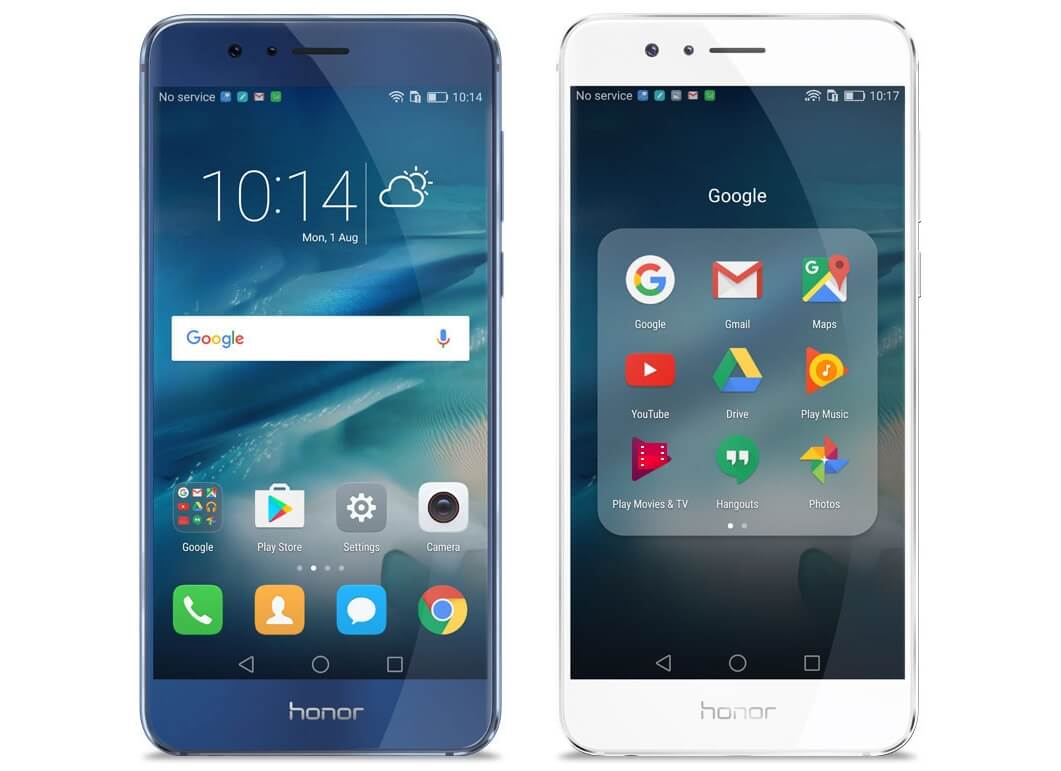
It’s a stylish, if slightly unoriginal design, which only really falters by being a fingerprint magnet. Still, that’s an issue with many glass-backed phones and there are few recent handsets for this sort of money that look this good.
Power
The Honor 8 has an octa-core processor with four cores clocked at 2.3GHz and four running at 1.8GHz, that’s a high spec, though it’s a Kirin 950 chip, rather than the better known Snapdragon 820 found in most high-profile flagships this year.
It’s also not quite the top end Kirin, instead slotting in slightly below the 955 in the Huawei P9, but it’s not far off and should provide strong performance, especially as it’s paired with either 3GB or 4GB of RAM.
Camera
The Honor 8 has a similar camera to the Huawei P9, as both phones have a dual 12MP snapper on the back – though the Huawei P9’s is Leica branded, while the Honor 8’s isn’t.
The Honor 8 also lacks the P9’s phase detection auto-focus, and as such isn’t quite as fast to focus, but it’s not far off and the main features of the camera work the same – with one monochrome lens and one colour lens, allowing you to either use just the monochrome one for true black and white shots or both for more detailed images.
It’s a good and near unique camera, making it a strong highlight given the cost of the Honor 8. The software is decent too, with a Pro mode allowing you to alter the shutter speed, ISO and the like.
There’s an 8MP camera on the front of the phone and this too is solid, with a high megapixel count. There’s nothing exceptional about it but it should be good for selfies.
Features
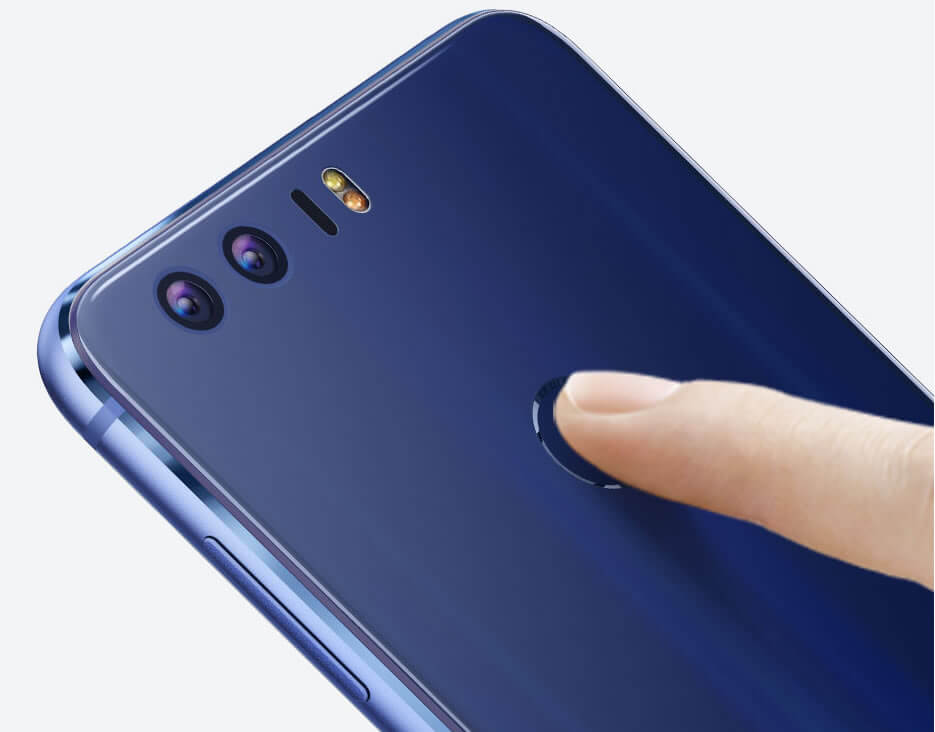
Innovative camera aside the Honor 8 has few standout features – but it’s very well equipped for the money.
One highlight though is the fingerprint scanner, which is a feature not always found on phones of this price. It sits on the back of the Honor 8 and gives you a speedy and secure way to lock and unlock the handset.
But it goes one further, also allowing you to launch favourite apps and functions with a long press or double tap.
Another feature of the Honor 8 is its Emotion UI 4.1, which sits on top of Android Marshmallow. We’re not a huge fan of this, primarily because it removes the app drawer, but it does have some interesting features, like knuckle gestures, which let you draw a letter on the screen to launch an app, for example a ‘c’ for camera.
Battery life, memory and connectivity
The Honor 8 has a 3000mAh battery, which is a reasonable size for a 5.2-inch screen and in early tests seems to comfortably last a day. The phone also supports fast charging, so you can juice it up quickly.
Memory comes in at either 32GB or 64GB, along with a microSD card slot, so there’s no shortage of space.
Connectivity options include Wi-Fi, 3G, 4G, Bluetooth 4.2, NFC and an infrared port.
Early verdict
The Honor 8 looks to be a strong phone for its £370 price tag, but it’s not alone in undercutting the big name flagships, in fact it faces a lot of competition from the Huawei P9, which is made by the same company. That phone comes in at around £70 more but also has slightly superior specs.
That aside the Honor 8 still presents tremendous value based on our first impressions, with truly flagship specs (for the most part) and a great design.
Dimensions (mm): 145.5 x 71 x 7.5
Weight (g): 153
Battery capacity (mAh): 3000
Colours: Pearl White, Sunrise Gold, Midnight Black, Sakura Pink, Sapphire Blue
Screen size (inches): 5.2
Resolution: 1080 x 1920
Pixels per inch (PPI): 423
Processor: 2.3GHz octa-core
Processor make: HiSilicon Kirin 950
RAM: 3GB or 4GB
Internal storage: 32GB or 64GB
Expandable storage up to (GB): 256
Camera: Dual 12-megapixel (8-megapixel front-facing)
Operating System: Android Marshmallow


